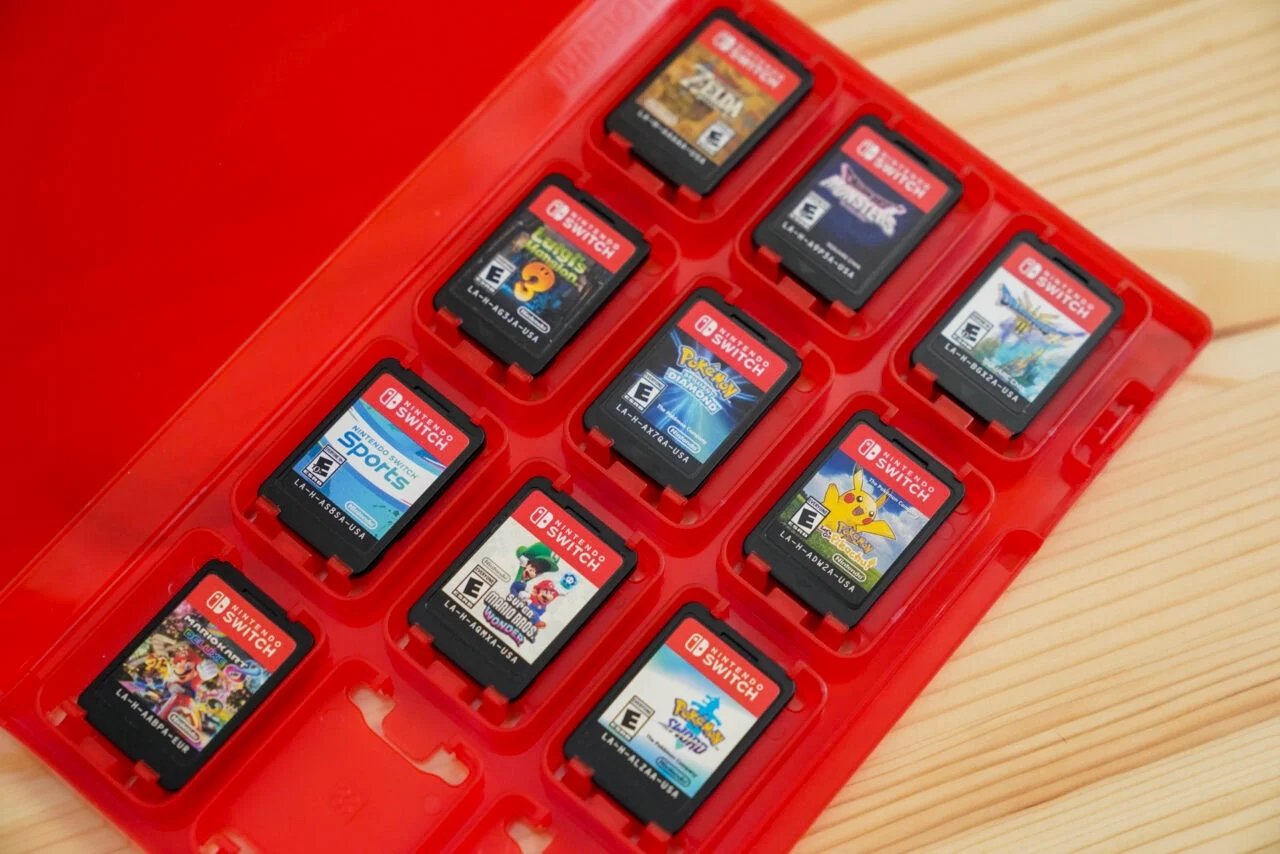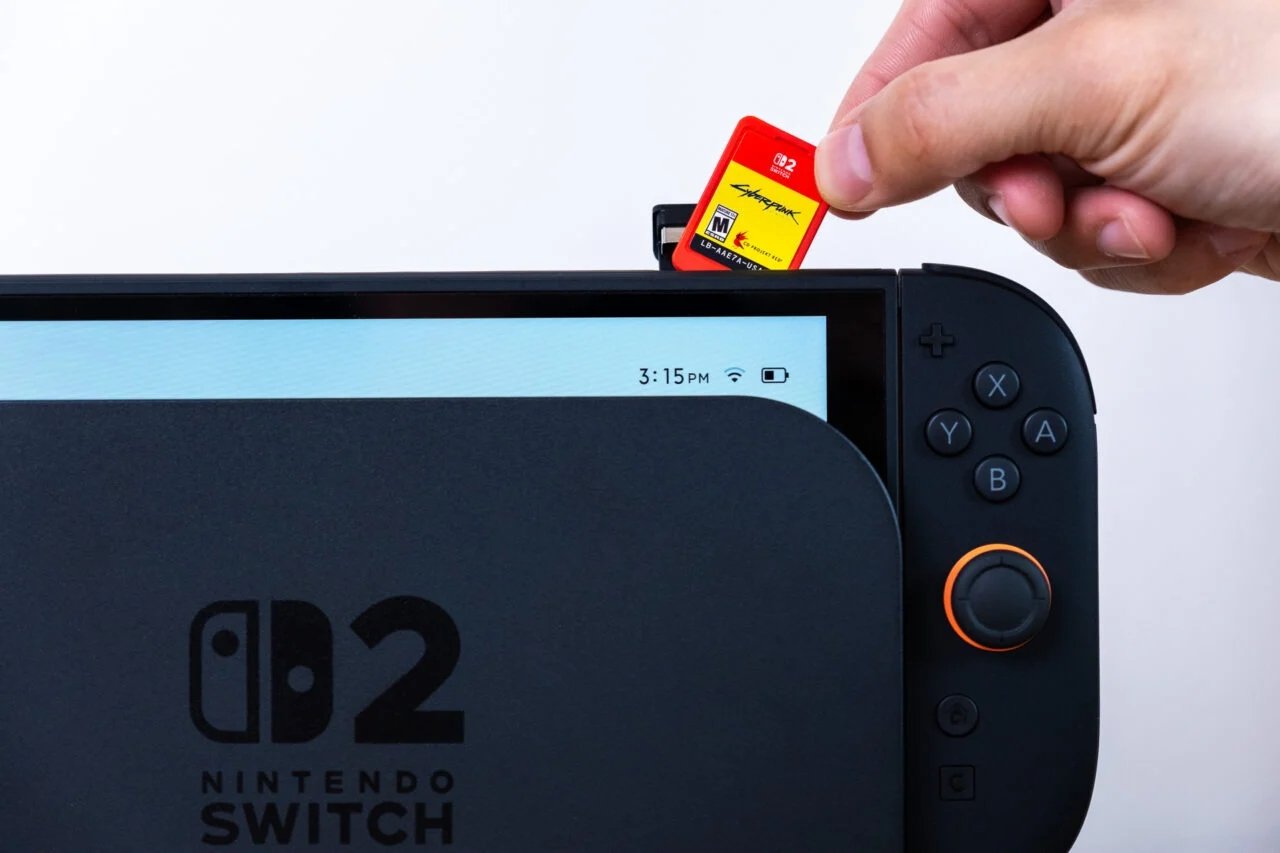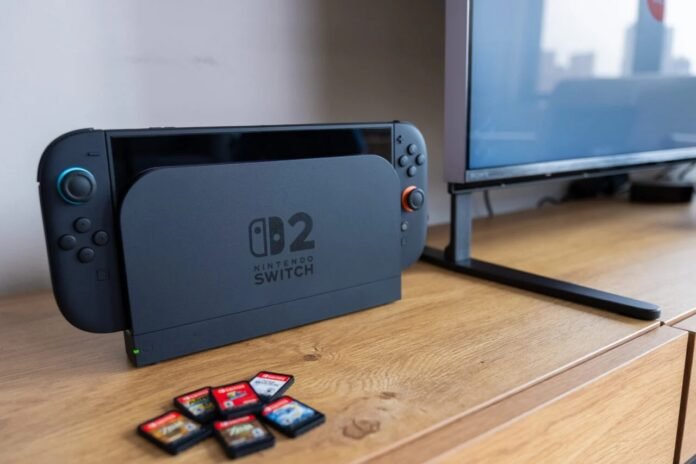
A New Era Without Ownership?
For years, Nintendo stood as one of the last bastions of physical game distribution. While other platforms leaned heavily into digital delivery, the Switch continued to offer game cartridges—tiny plastic cards that gave players not just a license, but the feeling of owning a game. These cartridges weren’t just convenient; they were collectible, archival, and independent of online servers.
But with the upcoming Nintendo Switch 2, that identity may be slipping away. The company is quietly rolling out a new distribution method: game-key cards. Unlike their predecessors, these cards don’t contain any game data. Instead, they simply store a download code. Insert the card into your console, and it connects to Nintendo’s servers to fetch the actual game files.
At first glance, this may sound like a harmless evolution. After all, many gamers are already used to downloading their games. But this shift has far-reaching implications—and not in the player’s favor.
What Are Game-Key Cards?
Game-key cards are essentially plastic placeholders. Unlike traditional cartridges that contain full game data and can boot a game instantly, game-key cards are useless without an internet connection. They don’t store the game—you’re simply buying a physical token that allows your console to download the title from Nintendo’s servers.
In essence, it’s a digital license wrapped in plastic. And worse, it’s governed by the same strict digital rights management (DRM) systems that restrict user control.
Nintendo has confirmed that game-key cards do not contain the full game and that an internet connection is required to download the software. While some might find comfort in having a tangible object, this method strips away many of the benefits that physical games have traditionally provided.
Why It Matters: Real Ownership Is at Risk
When you buy a traditional cartridge, you own a copy of the game. You can lend it, sell it, or pop it into your Switch without ever needing to go online. But a game-key card? You don’t own the game—you’re being granted access, and that access can be revoked.
According to Nintendo’s own user agreement, purchasing a digital game does not mean you own it. Instead, you are purchasing a license to use the software under certain conditions. Nintendo reserves the right to suspend or terminate your access if you violate those terms—even if you paid full price.

Tech journalist and anti-DRM advocate Cory Doctorow sharply criticized this practice:
“Nintendo could easily release real, data-filled cartridges—but instead, they’re offering something that looks physical, but acts entirely digital. Once the server goes offline or your account gets restricted, that ‘physical’ product becomes worthless.”
It’s Not Just Theory—It’s Happened Before
If you think this is an overreaction, consider recent history. In 2023, Nintendo shut down the eShops for the Wii U and 3DS, cutting off access to digital purchases. Players who didn’t download their games in time lost the ability to buy or re-download them. While the company allowed some legacy redownloads, there’s no guarantee how long that access will remain.
Now imagine holding on to a game-key card five years from now, only to discover the servers have been shut down. You have the card—but no way to play.
Physical Games Were a Point of Pride for the Switch
One reason the original Switch appealed to so many was its strong support for physical media. Even as PlayStation and Xbox moved increasingly toward digital-first models, nearly 50% of Switch owners preferred buying physical cartridges. These tiny game cards were self-contained—they didn’t require huge downloads or constant online verification.
One notable example is Cyberpunk 2077. While it takes up more than 80GB on PC, developer CD Projekt Red managed to compress it onto a 64GB cartridge for Switch 2—no extra downloads needed. Unfortunately, this is the exception, not the rule. Many third-party titles, including Street Fighter 6 and Octopath Traveler 0, are being sold on game-key cards, despite their relatively modest file sizes.
Why Are Publishers Choosing Game-Key Cards?
It mostly comes down to cost. Manufacturing 64GB game cartridges is expensive, and Nintendo reportedly limits access to high-capacity cards for only a few select partners. Smaller publishers can’t afford the higher production fees and opt for game-key cards as a cheaper workaround.
There’s also a control factor. Digital distribution makes it easier to manage updates, patches, and—yes—restrict usage. Publishers can enforce DRM, track player behavior, and make unauthorized resale much harder.
From a business perspective, game-key cards offer publishers more control and profit margin. But for the consumer? They offer nothing that digital downloads don’t—except perhaps a false sense of permanence.
Consumers Are Losing the Power to Choose
One of the most underappreciated advantages of physical games is the freedom they provide. You can trade them, collect them, give them to friends, or simply put them on a shelf as a part of your gaming history. Digital games don’t offer that. Once your account is gone, your games go with it.
As of mid-2024, 53% of Switch games sold were digital, according to analyst Mat Piscatella. That number is only expected to grow—especially if publishers continue to push game-key cards as a pseudo-physical alternative.
Unless consumers push back, physical games as we know them may vanish entirely within a few short years.
Preservation Is at Stake
Beyond individual ownership, there’s a broader issue here: video game preservation. Physical cartridges have proven to be reliable archival tools. Decades-old NES and SNES cartridges can still be played today with minimal effort. But digital-only titles? They’re often locked behind online DRM, dependent on servers that won’t last forever.
Game-key cards don’t preserve anything. Once the digital infrastructure is gone, they’re no better than empty plastic.
If we allow game-key cards to replace real cartridges, we’re not just losing ownership—we’re erasing the medium’s history.
The Way Forward
Gamers have more power than they realize. If enough people reject game-key cards and demand true physical releases, publishers will listen. Supporting games that come on full cartridges, buying from developers that prioritize ownership, and speaking out against DRM are all ways to fight back.
We’re at a tipping point. The choices consumers make today will shape whether future generations can play, own, and preserve their favorite games—or whether gaming becomes just another streaming service, lost in the cloud when the lights go out.
Because once the switch is flipped off, there’s no going back.

